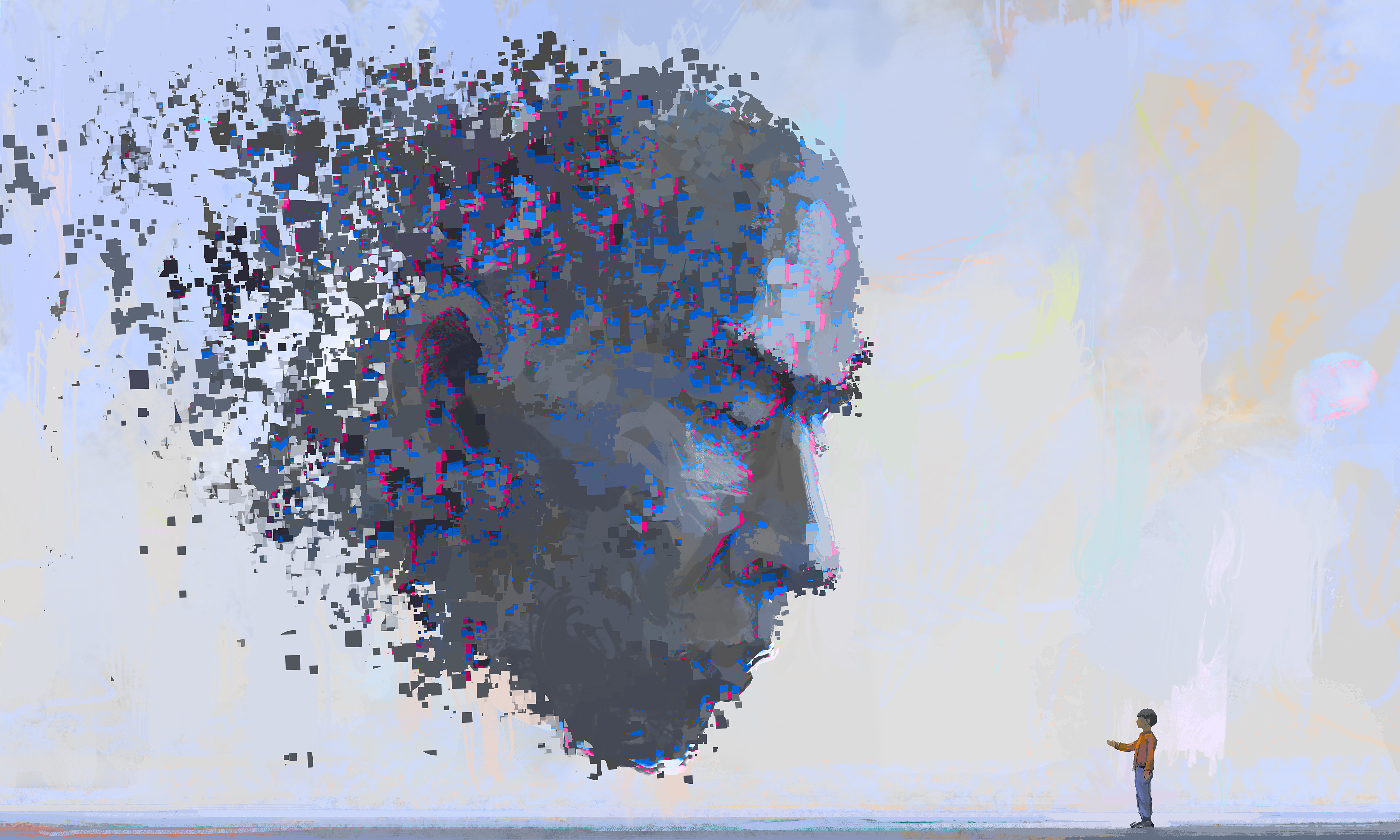The Color Wheel:
The colour wheel is a tool for organising colours according to their relationships. It is made up of three main colours (red, blue, and yellow), three secondary colours (orange, green, and purple), and three tertiary colours (formed by combining primary and secondary colours). The colour wheel helps artists understand colour connections and how to apply them successfully in their work.
Color Properties:
Colors have various properties that influence their visual impact:
Hue: Hue refers to the purest form of a color. For example, pure red, blue, or yellow.
Value: Value refers to the lightness or darkness of a color. By adjusting the value, artists can create contrast and depth within their compositions.
Saturation: Saturation, also known as chroma or intensity, represents the purity or vividness of a color. Highly saturated colors appear vibrant, while desaturated colors appear muted or dull.
Color Schemes:
Color schemes are predetermined combinations of colors that create specific visual effects and moods. Some common color schemes include:
Monochromatic: This scheme uses variations of a single hue by adjusting its value and saturation. It creates a harmonious and unified composition.
Analogous: Analogous color schemes use colors that are adjacent to each other on the color wheel. For example, combining red, orange, and yellow. It creates a sense of harmony and cohesion.
Complementary: Complementary colors are located directly opposite each other on the color wheel, such as blue and orange or red and green. They create a high-contrast effect and can be used to make elements stand out.
Split Complementary: This scheme involves using a base color and combining it with the two colors adjacent to its complementary color. It offers a balanced contrast while maintaining harmony.
Triadic: Triadic color schemes involve using three colors evenly spaced around the color wheel, such as red, blue, and yellow. It creates a vibrant and dynamic composition.
Emotional Impact of Color:
Colors have the power to evoke emotions and influence the mood of a piece of art. Here are some general associations with certain colors:
Red: It is often associated with passion, energy, and excitement. It can also symbolize love, power, or danger.
Blue: Blue is commonly associated with tranquility, calmness, and stability. It can also represent trust and reliability.
Yellow: Yellow is often associated with joy, happiness, and optimism. It can evoke a sense of warmth and energy.
Green: Green represents nature, growth, and harmony. It can also symbolize freshness and rejuvenation.
Purple: Purple is often associated with royalty, luxury, and spirituality. It can convey a sense of mystery and creativity.
Orange: Orange is vibrant and energetic. It can represent enthusiasm, warmth, and creativity.
White: White symbolizes purity, innocence, and cleanliness. It can create a sense of space and lightness.
Black: Black can evoke a range of emotions, including power, mystery, and sophistication. It can also create a sense of drama and intensity.
Creating Depth and Contrast:
Understanding color theory allows artists to create depth and contrast within their compositions. By using variations in value, artists can create a sense of light and shadow, adding depth to their artwork. Additionally, employing contrasting colors, such as complementary colors or high contrast value combinations, can make elements stand out and create visual interest.
Color theory is a powerful tool for artists to effectively communicate emotions, create visual impact, and establish harmony within their work. By understanding the color wheel, color properties, color schemes, and the emotional impact of colors, artists can make informed choices and create captivating and meaningful artworks. Experimentation, practice, and observation of color in the world around you will further deepen your understanding and application of color theory in your artistic endeavors.

Jass
Jass earned her bachelor’s degree in Computer Science, transitioning into a profession as a content writer. With a keen mastery of words, she takes pleasure in expressing her thoughts and ideas creatively. Her ability to captivate audiences with her imaginative write-ups stands out as one of her notable strengths.




